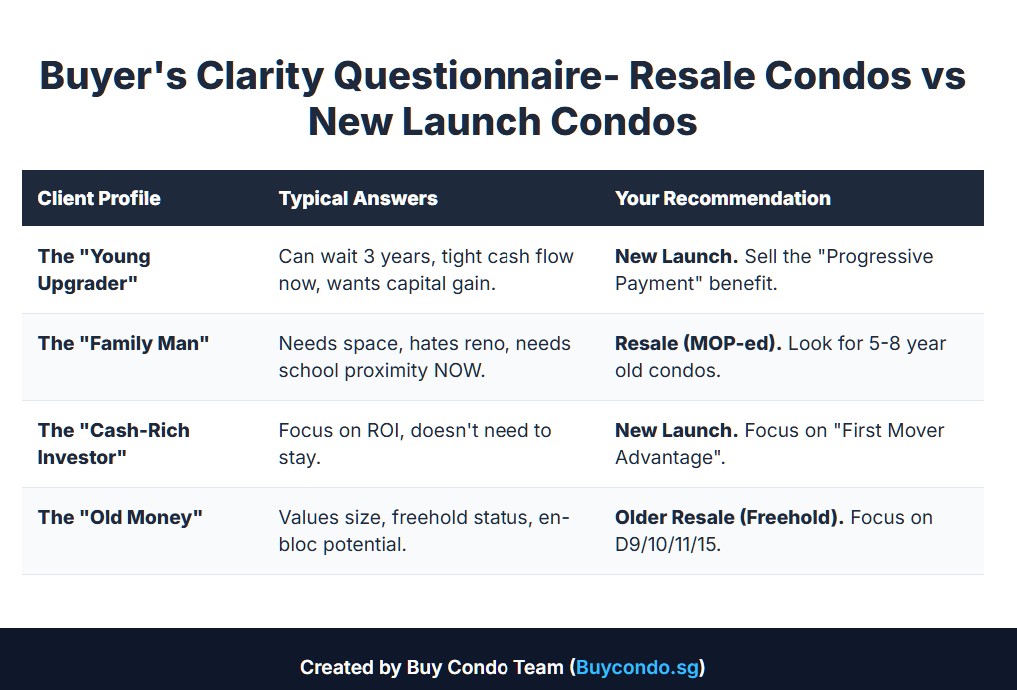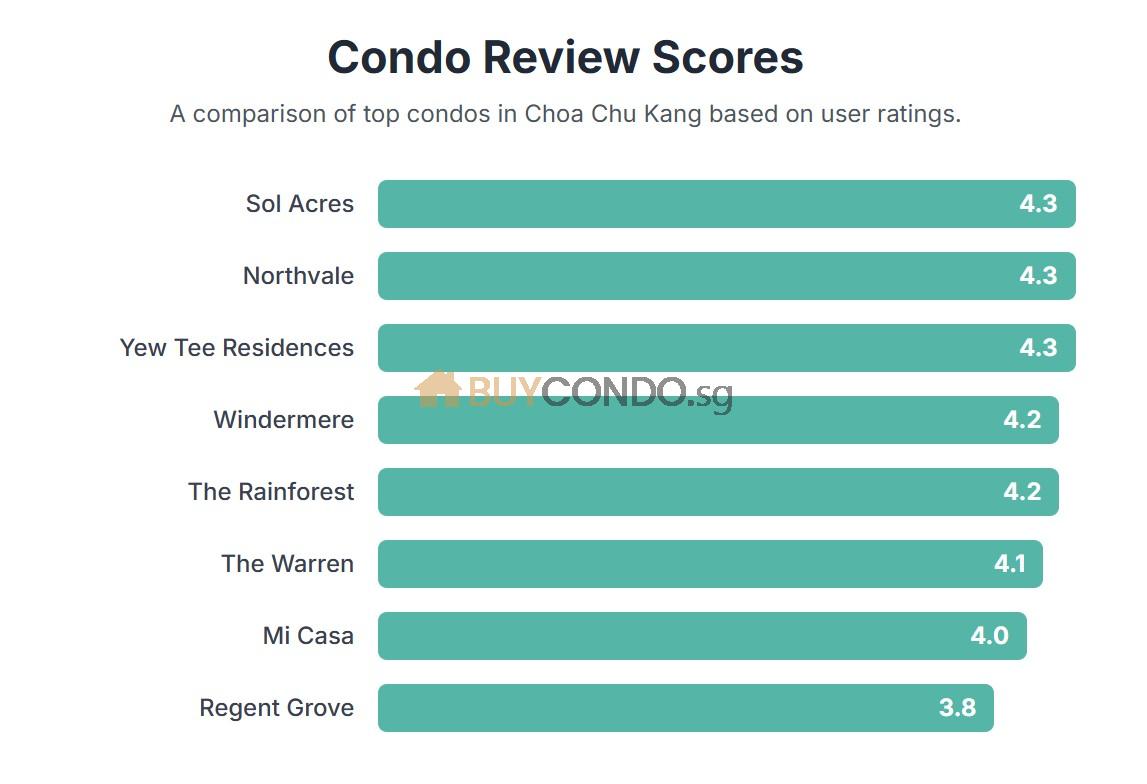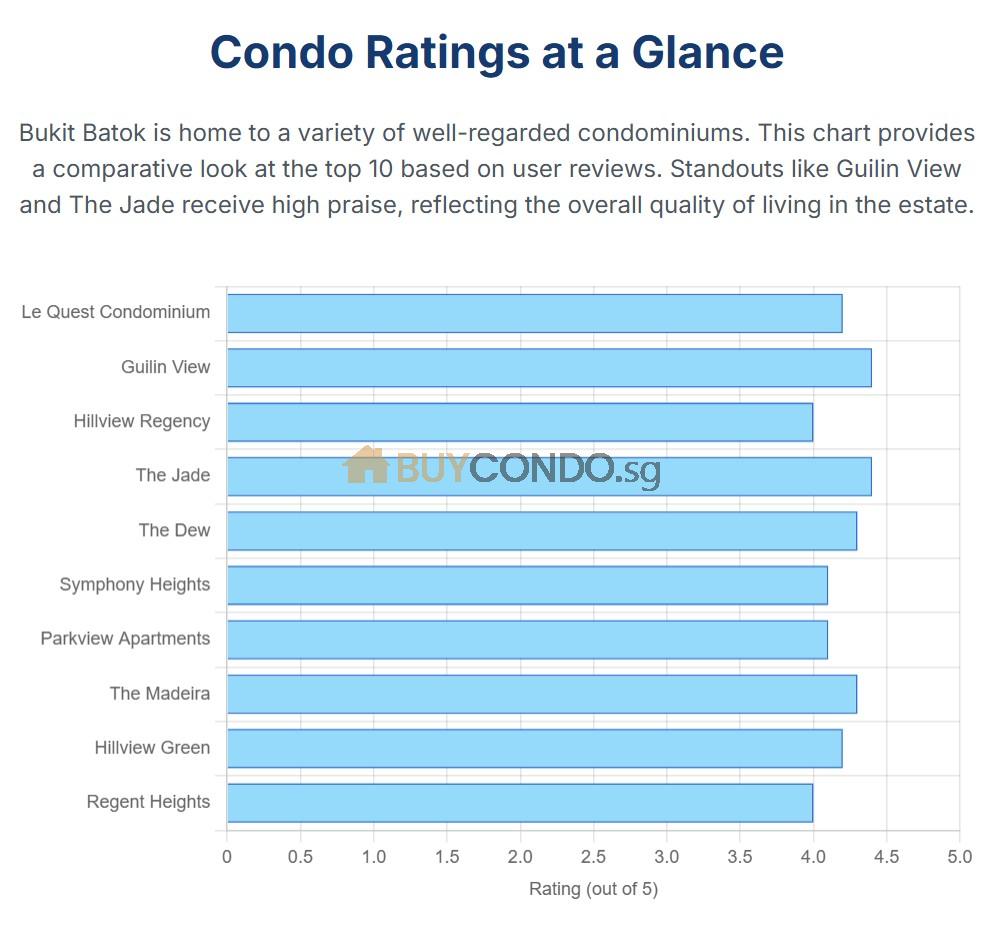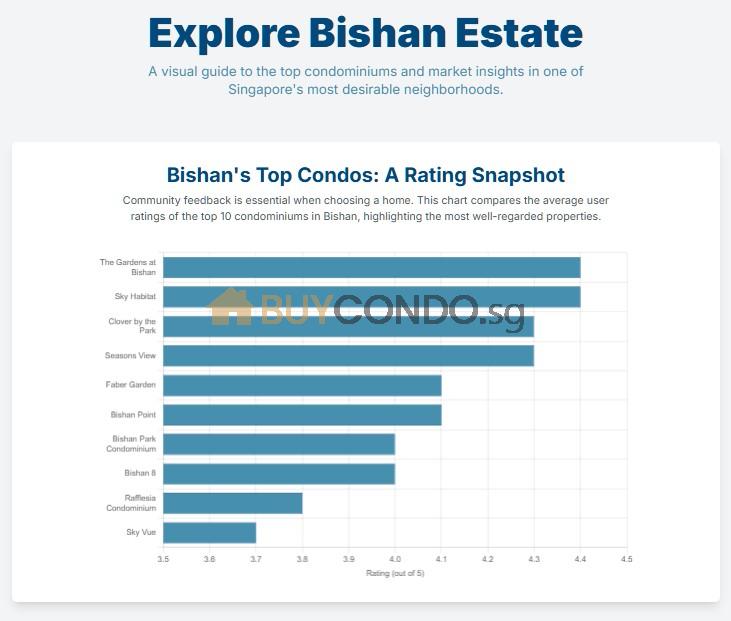How to Pay Stamp Duty for Rental Properties in Singapore
Are you a landlord or a tenant in Singapore? If so, it’s important to understand how to pay Stamp Duty for rental properties. This tax is imposed by the government on certain documents, including rental agreements, and it’s essential to navigate the rental market smoothly. In this section, we will guide you through the payment process, explain what Stamp Duty is, help you understand the calculation process, and clarify who is responsible for paying Stamp Duty. We will also provide you with insights on where and when to pay Stamp Duty and the potential consequences of non-payment or late payment.
Key Takeaways
- Stamp Duty for rental properties is a tax imposed by the government on certain documents, including rental agreements, in Singapore.
- The amount of Stamp Duty payable depends on the duration of the lease and the annual rent.
- In most cases, the tenant is responsible for paying the Stamp Duty.
- To pay Stamp Duty, you need to submit the required documents and pay the amount due by the deadline.
- Non-payment or late payment of Stamp Duty can result in fines and legal implications.
What is Stamp Duty for Rental Properties?
Before you pay Stamp Duty for your rental property in Singapore, it’s essential to understand what it is.
Stamp Duty is a tax imposed by the government on certain documents, including rental agreements. Between the parties of the tenant and landlord entering into a rental contract, you are required to pay Stamp Duty as a one-time payment.(Usually Paid by Tenant)
The amount varies based on the specifics of your rental agreement — such as the lease duration and the annual rent amount.
If you want to know how much Stamp Duty you need to pay for your rental property, refer to the Stamp Duty calculator available on the Inland Revenue Authority of Singapore’s website.
Tip: Don’t forget to calculate the Stamp Duty when budgeting for your rental property.
Calculation of Stamp Duty for Rental
Now that you understand what Stamp Duty is and why paying it for rental agreements is necessary, let’s dive into how to calculate it. The amount of Stamp Duty payable depends on two factors: the duration of the lease and the annual rent.
For residential and non-residential properties, the Stamp Duty is calculated as follows:
| Average Annual Rent (AAR) | Stamp Duty Rates |
| Lease period of four years or less | 0.4% of total rent for the period of the lease |
| Lease period of more than four years or for any indefinite term | 0.4% of four times the AAR for the period of the lease |
| Total monthly rental | $5,000 |
| Lease period | 24 months |
| Total rental | $120,000 |
| Total Payable Stamp Duty | $96,000 x 0.4% = $480 |
It is important to note that the Stamp Duty must be paid within 14 days of signing the rental agreement and 30 days if it is being signed overseas.
Failure to do so may result in late payment penalties and other legal consequences.
Now that you know how to calculate the Stamp Duty payable for your rental agreement, you can factor it into your budget and ensure a smooth payment process.
Who is Responsible for Paying Stamp Duty?
It is essential to clarify who is responsible for paying Stamp Duty in a rental agreement to avoid any misunderstandings. Generally, the tenant is responsible for paying the Stamp Duty. However, the responsibility can be negotiated and agreed upon by the landlord and tenant.
If the rental agreement does not specify who is responsible for paying the Stamp Duty, the tenant will be assumed to be the one responsible for it. Hence, it is crucial to discuss this aspect with the landlord beforehand to avoid any disputes.
If the tenant agrees to bear the cost, the payment can be made directly to the Inland Revenue Authority of Singapore (IRAS). On the other hand, if the landlord agrees to pay, he or she can either pay directly to the IRAS or reimburse the tenant after the payment has been made.
| Responsibility for Stamp Duty | Landlord | Tenant |
|---|---|---|
| Payment | Can make the payment directly to the IRAS | |
| Default responsibility | Tenant | |
| When rental agreement is silent on Stamp Duty payment |
It is essential to have a clear understanding of the Stamp Duty payment responsibility before entering into a rental agreement. This will help avoid any disputes and ensure a smooth rental experience for all parties involved.
Where and When to Pay Stamp Duty?
Now that you understand who is responsible for paying Stamp Duty, let’s move on to the practicalities.
Payment of Stamp Duty can be made online via the Inland Revenue Authority of Singapore (IRAS) e-Stamping portal or manually at any Singapore Post branch or the e-lobby of the IRAS office. Payment must be made within 14 days from the signing of the tenancy agreement.
The following documents are required for payment:
- Copy of the Tenancy Agreement
It is important to note that all required documents must be submitted within the 14-day deadline, and any incomplete or incorrect submission may result in a delay in processing or rejection of the application.
After payment is made, a stamped copy of the tenancy agreement will be sent to the tenant and the landlord as proof of payment.
It is advisable to keep the stamped copy of the tenancy agreement as it may be required for future reference or legal purposes.
Consequences of Non-Payment or Late Payment
Late Payment Penalty Within Three Months
Late Payment Penalty Exceeding Three Months
It is crucial to pay Stamp Duty for rental properties in Singapore on time to avoid pitfalls.
In the event of a dispute arises that requires to be escalated to the Authorities, it will not be valid if there is no stamp duty is done.
Upon the time where you need to do refinancing with the banks, the bank will required to see the copy of tenancy agreement and the Cert of Stamp Duties.
Congratulations! You have reached the end of our guide to paying Stamp Duty for rental properties in Singapore. We hope that you have found this information helpful and that it has provided you with a clear understanding of the process.
Remember, paying Stamp Duty is mandatory for all rental agreements in Singapore. To avoid any issues down the line, it is essential to comply with the regulations and pay on time. If you have any questions or concerns regarding Stamp Duty, it is always a good idea to seek professional advice such as your representing salesperson.
Regards to your investment rental property, BUYCONDO Team does property management service that can be a one stop to all you need to enjoy a peace of mind when comes to renting.
Thank you for reading and we wish you all the best in your rental journey!
Stamp Duty for Rental Guide. < – Step by Step Instructions
FAQ – How to Pay Stamp Duty for Rental Properties in Singapore
How do I pay Stamp Duty for rental properties in Singapore?
To pay Stamp Duty for rental properties in Singapore, you can visit the Inland Revenue Authority of Singapore (IRAS) website and follow their instructions. They have an e-Stamping system that allows you to calculate and pay the Stamp Duty online.
What is Stamp Duty for rental properties?
Stamp Duty for rental properties is a tax imposed by the government on certain documents, including rental agreements. It is a one-time payment that needs to be made when entering into a rental contract.
How is Stamp Duty for rental properties calculated?
The amount of Stamp Duty payable for rental properties depends on the duration of the lease and the annual rent. Different rates apply for residential and non-residential properties. You can use the IRAS Stamp Duty Calculator on their website to determine the exact amount.
Who is responsible for paying Stamp Duty for rental properties?
Generally, the tenant is responsible for paying the Stamp Duty for rental properties. However, there may be situations where the landlord agrees to bear the cost. It is important to clarify this aspect during the negotiation of the rental agreement.
Where and when do I pay Stamp Duty for rental properties?
Stamp Duty for rental properties can be paid online through the IRAS e-Stamping system. You will need to provide the necessary information and upload the required documents. The Stamp Duty must be paid within 14 days from the date of signing the rental agreement.
What are the consequences of non-payment or late payment of Stamp Duty for rental properties?
Non-payment or late payment of Stamp Duty for rental properties can result in fines and legal consequences. It is important to pay the Stamp Duty on time to comply with the law and avoid any issues. If you have missed the deadline, you should contact IRAS.













